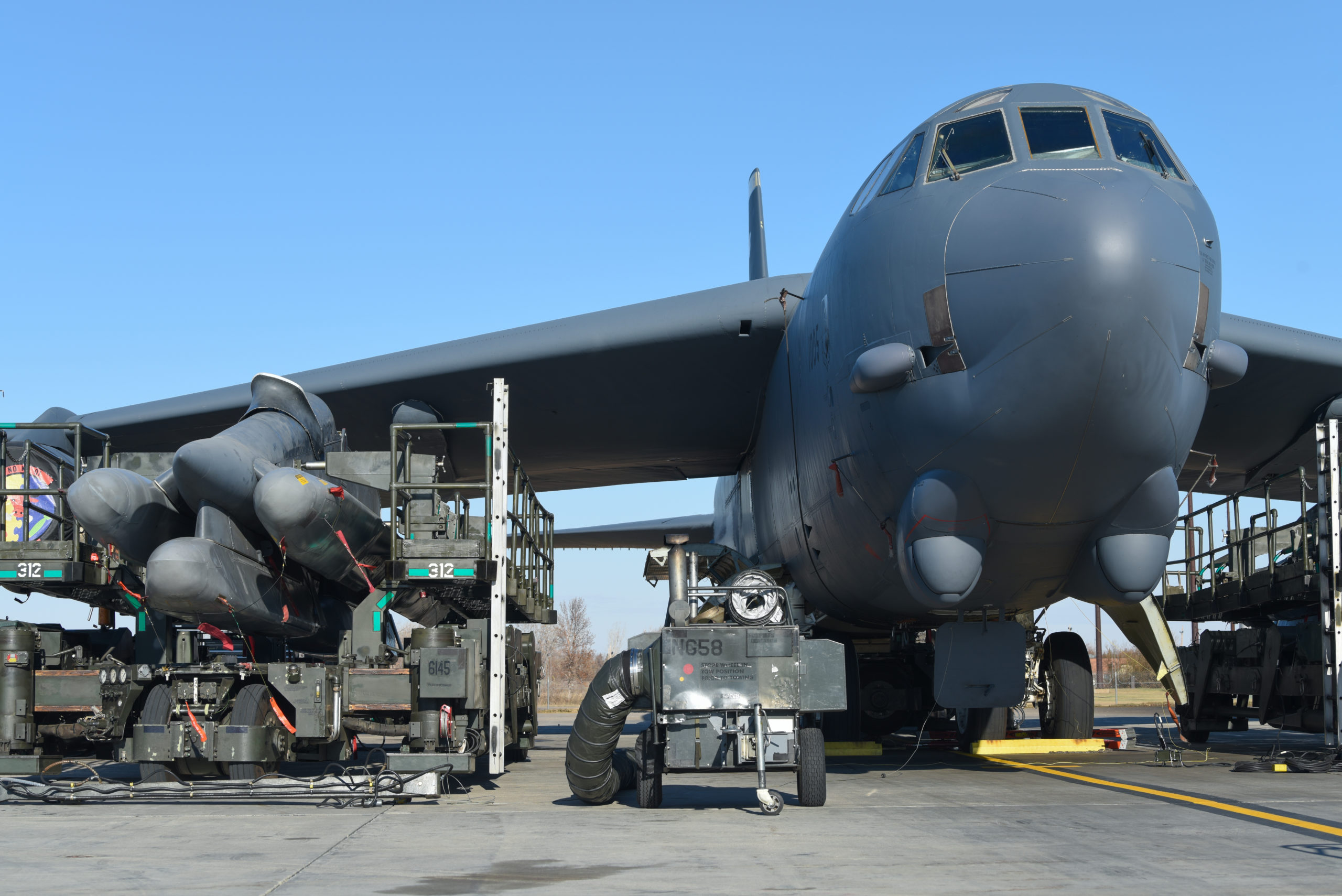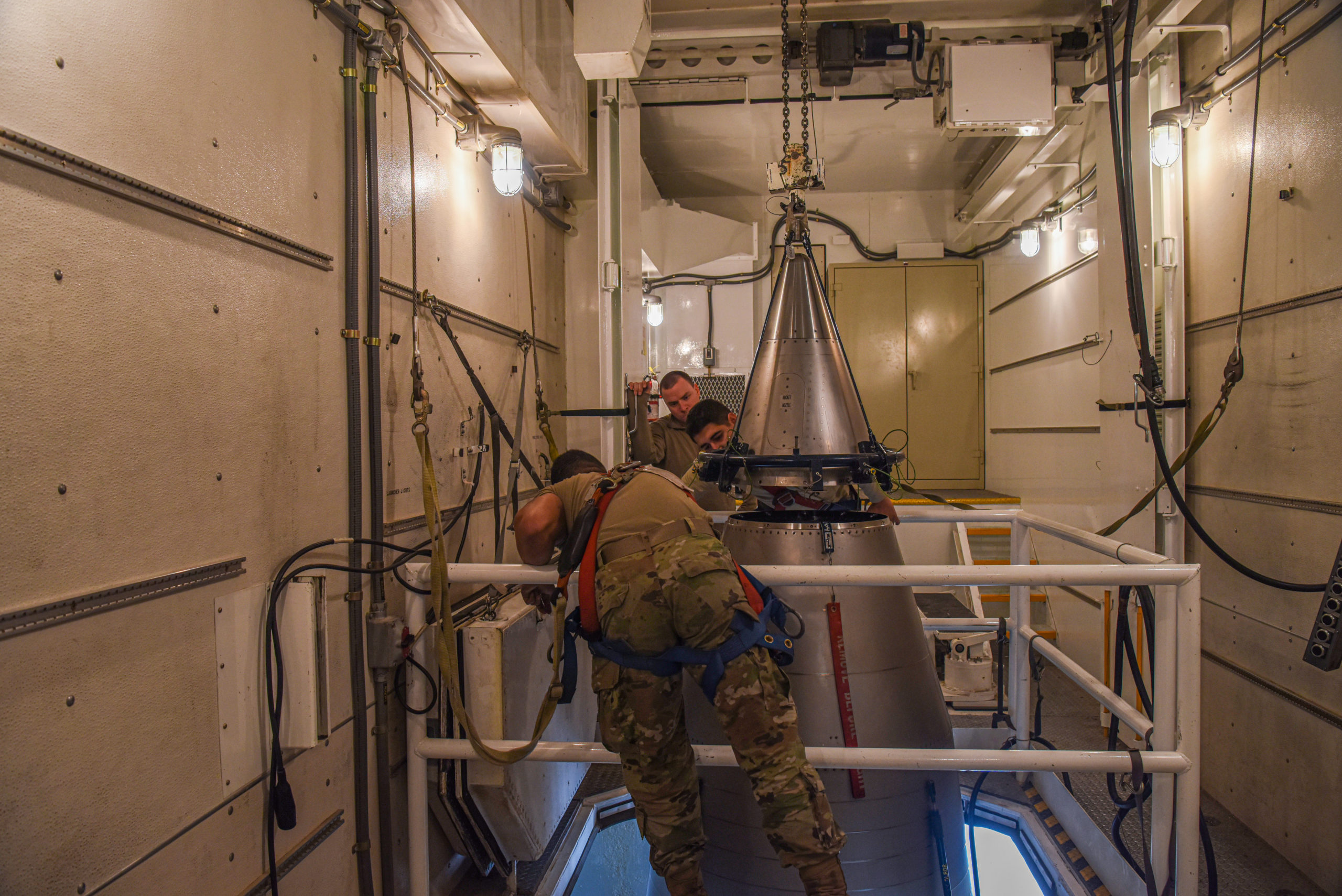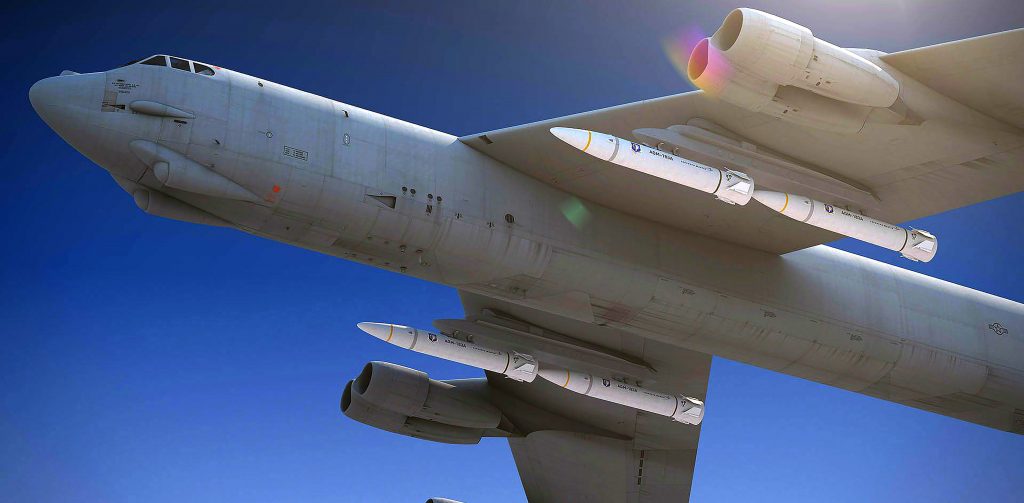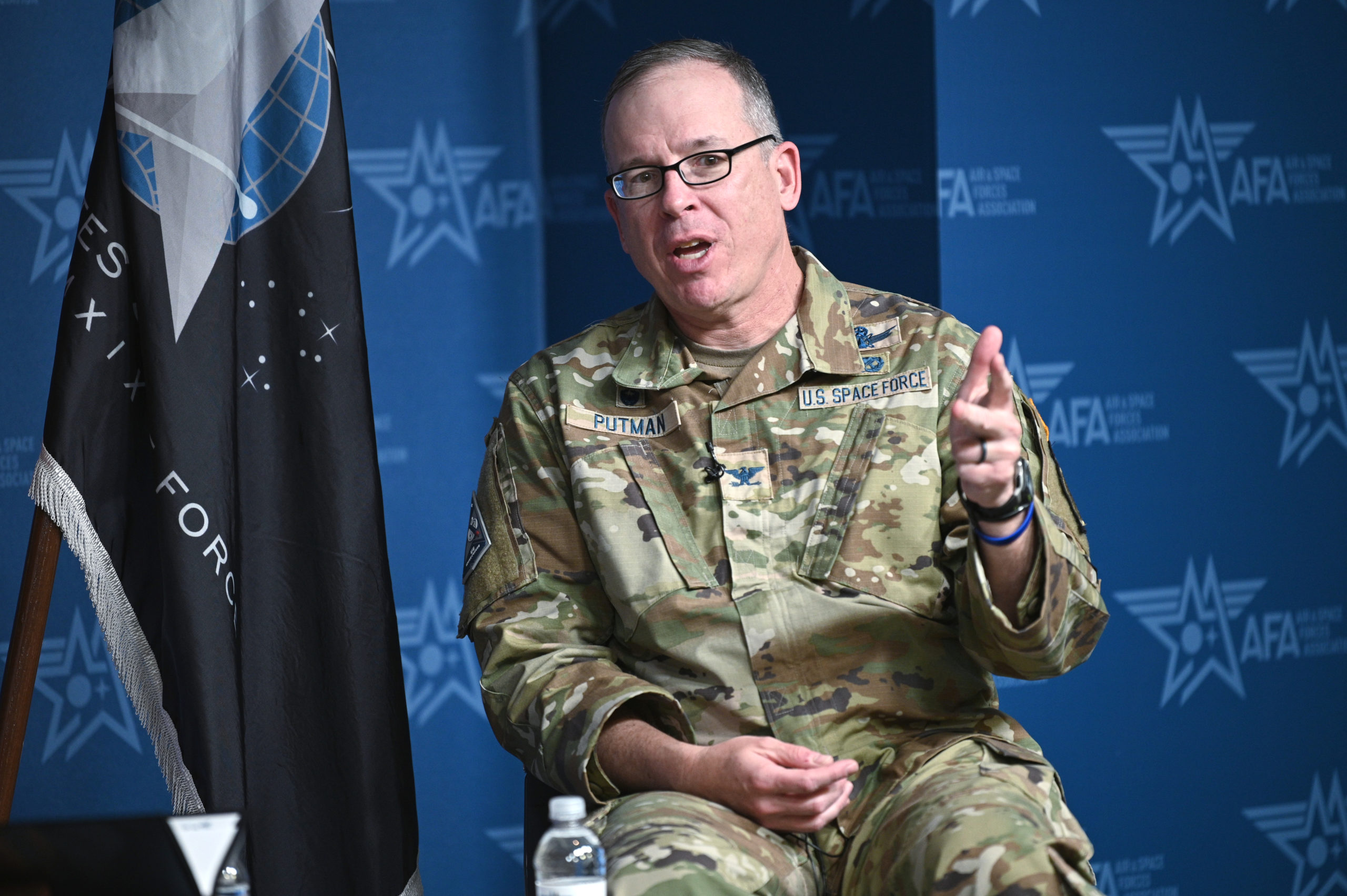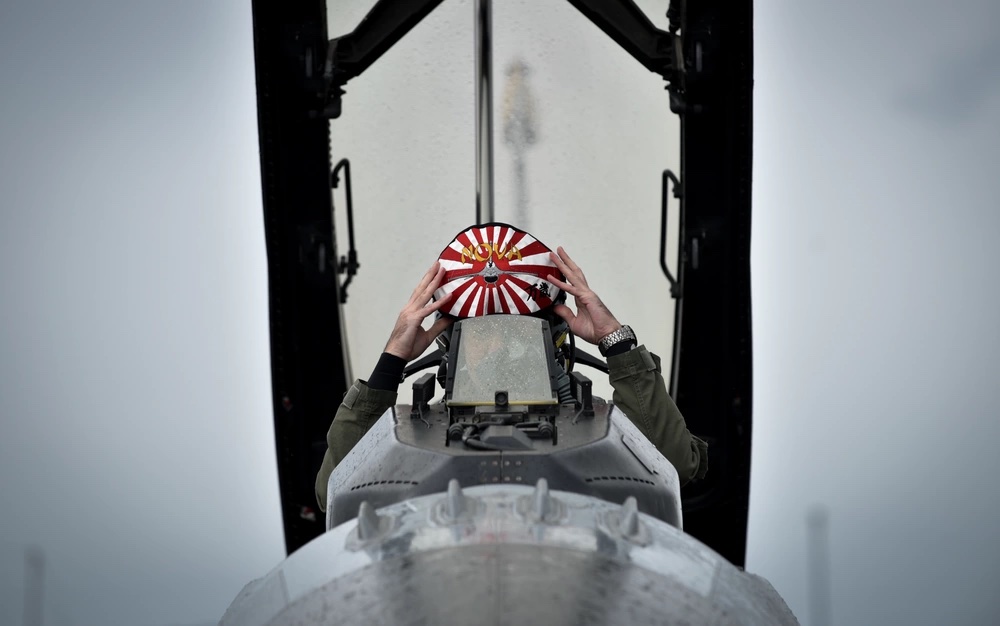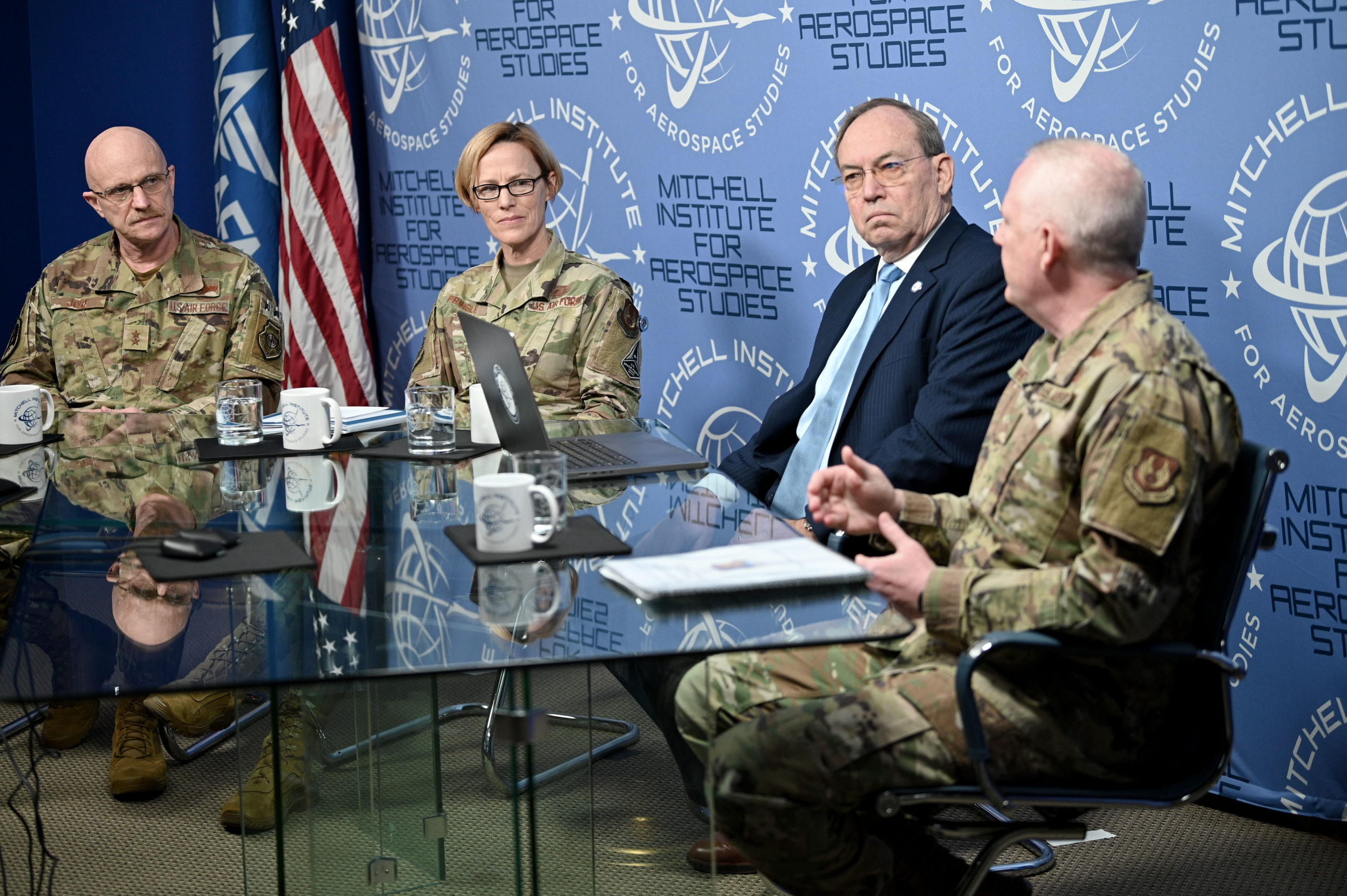‘Aim High!’ inspired me to excel in the United States Air Force. Now, as a retired Airman, there is a yearning to share my experiences. I have often thought what if some aspects of my story could inspire Airmen, or motivate young men and women to join the United States Air Force? If that were to happen, then a retired Airman would have done something memorable, though he or she may never know.
My ‘Aim High!’ story is my progression from an Airman Basic to a colonel, and what it took to succeed in the world’s greatest air force. In June 2022, my publisher released my memoir, ‘Uncommon Duties in the United States Air Force.’ Drawing from personal experiences and observations, I discussed what it took to accomplish the mission, and the incredible values instilled in Airmen.
Trained as an intelligence officer, I worked side-by-side with Marines, Sailors, Soldiers, US diplomats and international officers. I was associated with the Air Intelligence Agency, US Mission to NATO, the US Mission to the European Union, Headquarters Central Command, and the US Air Forces Europe and Africa. My assignments took me to Armenia, Azerbaijan, Belgium, The Republic of Georgia, Germany, Greece, Korea, India, Pakistan, Qatar and Turkey. To accomplish my mission, I had to have a clear understanding of how my Air Force duty was linked to the President’s National Security Strategy. Achieving consensus with allies takes patience. One must have a broad background of various topics for success in security cooperation, and there should be no philosophical conflicts with one’s organization’s mission. More importantly, one must have a keen awareness on the dynamics of leadership.
The study of leadership is necessary and must be studied. The US Air Force is a complex organization, and requires individuals with a vast array of different skills and abilities (diplomatic, technical, sociological and scientific, to name a few) to protect the United States’ and allies’ airspace. To successfully lead, Airmen must have the ability to work at ease on different functional areas during a work day – thus, Airmen must continuously broaden their knowledge base. I have found the need for leaders to be insightful, have to ability to think critically, anticipate problems, and have empathy to deal with individuals with different cultural backgrounds and needs, and not be afraid to make decisions.
My service was an enriching experience. Throughout my career, I have had countless opportunities to work on issues that were vital to the United States’ national interests in several places in the world. Working alongside exceptional Airmen and other members of the Armed Services, I came to believe and even more convinced that service was good for me and that it broadened my perspectives on many issues. It was an extraordinary learning experience as I interacted with Airmen from different backgrounds (from pilots, medical doctors, technicians and intelligence and policy planners), who projected an enthusiasm about the Air Force for what they do and what they are required to do.
My book has three sections: Section I focuses on my initial contact with the military, my draft board, as I sought to get an exemption while in college in the early 1970s; my basic military and other required Air Force training, to include the Air War College, and a few assignments. In Section II, I discuss my perspectives on leadership and what I learned to be effective. For the most part, the key to success is the need to self-reflect to identify one’s weakness, change one’s approach and implement a personal education program. And in Section III, I share my views on what issues might lie ahead for the Air Force and what can be done.
Service in the US Air Force is an honorable profession, and Americans will expect and trust Airmen to defend our nation. In an organization with a rich legacy, ‘Aim High!’ will continue to be the clarion call to excel. All Airmen will have fabulous opportunities to shape their own incredible ‘Aim High!’ story and hopefully encourage others to join and protect the nation.
The Department of Defense approved my book for publication, and it is now available on Amazon.

